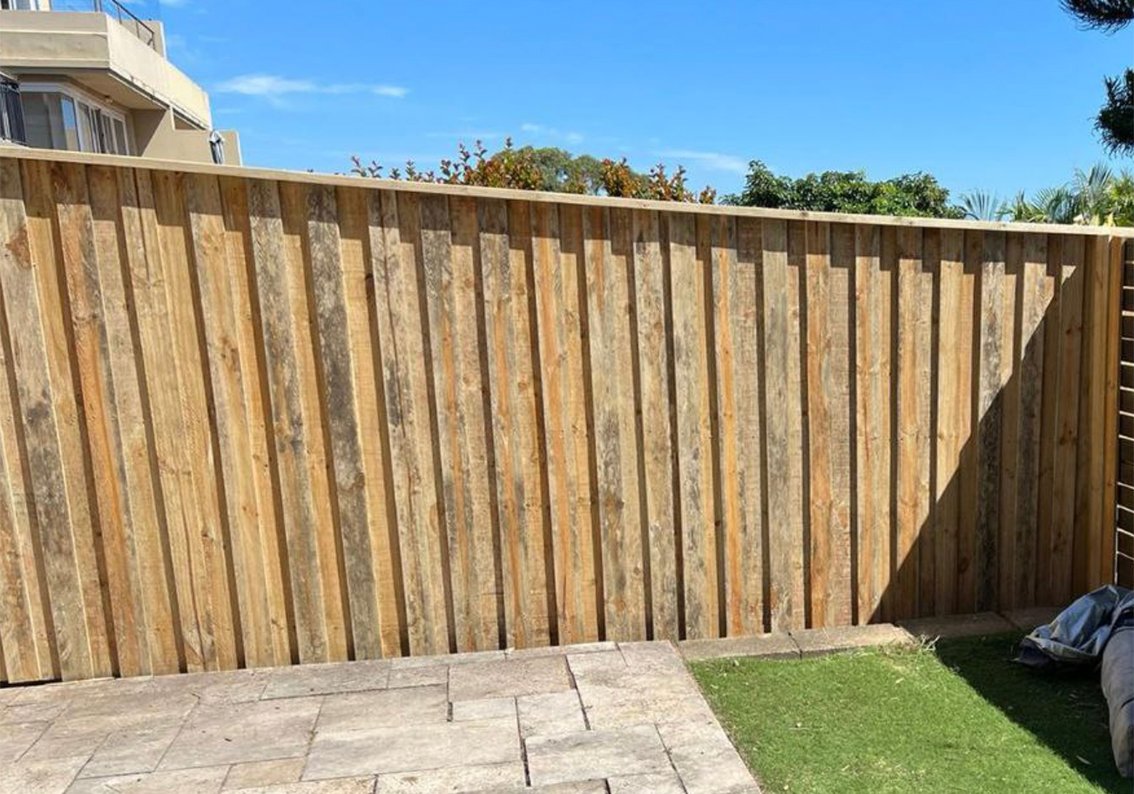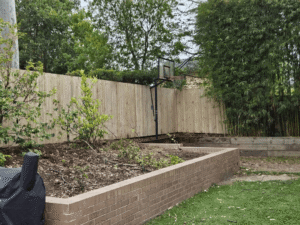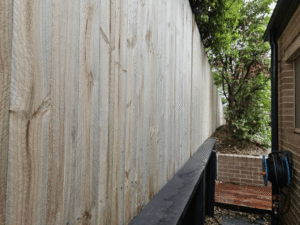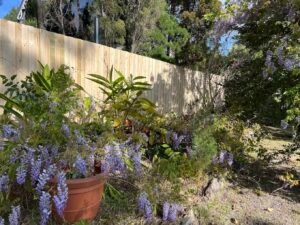Timber fencing has long been a favourite choice for Sydney homeowners. It offers privacy, defines boundaries, and adds natural warmth to any property. Among the many styles available, lapped and capped timber fencing stands out as one of the best options for both durability and appearance.
At Repair My Fences, we specialise in high-quality timber fencing across Sydney, including areas such as North Sydney, Lane Cove, and Manly. Whether you need a brand-new installation or repairs to your existing fence, our skilled team can deliver a solution that combines strength, style, and value.
What is Lapped and Capped Timber Fencing?
A lapped and capped fence is built with two overlapping layers of vertical palings. This design ensures there are no gaps, giving you complete privacy. A capping board is then fitted across the top of the fence, which not only improves the appearance but also protects the timber from weather damage.
This style of fencing is ideal for homeowners who want a strong boundary fence that also looks neat and polished. It’s especially popular in busy areas like North Sydney and Lane Cove, where privacy and reduced noise are just as important as aesthetics.
Why Choose Lapped and Capped Timber Fencing?
There are many reasons why lapped and capped fencing is a preferred choice in Sydney:
- Total Privacy – With no gaps between palings, your backyard becomes a private retreat.
- Noise Reduction – The double layer of timber helps block traffic and neighbour noise.
- Durability – The capping board prevents water from seeping into the timber, reducing warping and extending the life of the fence.
- Stylish Finish – The clean, capped top gives your fence a premium look that suits both modern and traditional homes.
- Custom Options – Choose from treated pine or hardwood, and finish your fence with paint, stain, or a natural oil to suit your style.
Timber Choices and Maintenance
In Sydney, treated pine is the most popular material for lapped and capped fencing because it’s affordable and resistant to pests and rot. Hardwood is another excellent choice for those wanting extra strength and a more premium finish.
Like all timber fencing built in Sydney, some maintenance is required to keep it looking its best. Applying oil, stain, or paint every couple of years will help protect the timber and maintain its natural beauty. With proper care, a lapped and capped fence can last anywhere from 15 to 25 years.

Local Expertise Across Sydney
In suburbs such as Manly, where coastal conditions can be tough on timber fences built in backyards with slopes, our team uses quality materials and proven installation techniques to make sure your fence stands strong against the elements. Across Lane Cove, North Sydney, and surrounding areas, we’ve built fences that not only protect homes but also enhance street appeal.
Whether you’re after more privacy in a busy urban street or a stylish fence to complement your coastal property, Repair My Fences provides tailored solutions to suit your location and lifestyle.
Frequently Asked Questions
How long does a lapped and capped fence last?
With regular care, you can expect your fence to last between 15 and 25 years.
Is treated pine suitable for coastal suburbs like Manly?
Yes. Treated pine is designed to resist pests and decay, and with regular sealing or staining, it performs well even in coastal conditions.
Does a lap and cap fence need much maintenance?
All timber fences benefit from maintenance. Oiling or staining every couple of years will keep your fence strong and attractive.
Can I customise the design?
Absolutely. We can adjust the height, timber type, and finishes to suit your property.
Choose Repair My Fences
If you’re looking for a fencing option that offers lasting privacy, reduces noise, and enhances the look of your property, lapped and capped timber fencing is the perfect choice.
At Repair My Fences, we take pride in delivering quality workmanship, affordable pricing, and reliable service across Sydney. Whether you’re in North Sydney, Lane Cove, Manly, or nearby suburbs, we’re here to build a fence that not only protects your property but also adds value and style.
Contact Repair My Fences today to book your free quote and let us help you create a fence that will last for years to come.
References
1. NSW Fair Trading – Fencing Law and Regulations in NSW: fairtrading.nsw.gov.au
2. Timber Queensland – Timber Fencing Guide: timberqueensland.com.au
3. Australian Timber Design Handbook – Durability of Timber: woodsolutions.com.au
4. Lane Cove Council – Fencing and Boundary Guidelines: lanecove.nsw.gov.au





